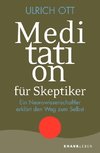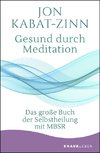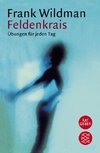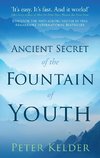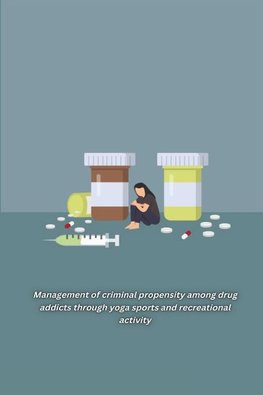
-
 Anglický jazyk
Anglický jazyk
Management of criminal propensity among drug addicts through yoga sports and recreational activity
Autor: Singh Arjun
Drug addiction is a chronic, relapsing brain disease that is characterized by compulsive drug seeking and use, despite harmful consequences (National Institute on Drug Abuse, 2014). Substance abuse had spread epidemically in the beginning of the 21st century... Viac o knihe
Na objednávku, dodanie 2-4 týždne
31.41 €
bežná cena: 34.90 €
O knihe
Drug addiction is a chronic, relapsing brain disease that is characterized by compulsive drug seeking and use, despite harmful consequences (National Institute on Drug Abuse, 2014). Substance abuse had spread epidemically in the beginning of the 21st century (MacNeil, Stewart, & Kaufman, 2000). As per World Drug Report 2017 globally, premature deaths due to drugs are estimated to be 1,90,000 out of which the majority is attributable to the opioids use. An estimated quarter of a billion people of the world adult population, used drug a minimum of one time in 2015. Even more worrisome statistics is that, about 29.5 million of drug users suffer from drug use disorders and out of this, 70 percent of the diseases were attributable to opioids, thus causing the highest negative impact on health (United Nations Office on Drugs and Crime [UNODC], 2017). India ranks third largest producer of synthetic opium after Pakistan and Burma (Paoli, Greenfield, Charles, & Reuter, 2009). The menace of drug abuse in Punjab is worse than the rest of the country. The total number of drug users in Punjab is 2,32,856 out of which, 99% are male (Phukan, 2017). In this regard, Singh (2010) reported that the opiates consumption in the state of Punjab is thrice as per national average report. In India there are about two lakh intravenous drug users (IDUS) out of which Punjab counts 26.1% (National AIDS Control Organisation [NACO], 2012). Furthermore, there is 200 to 250 billion dollar expenditure in treating drug abuse (UNODC, 2010). The review of existing literature shows that in India and specifically the state of Punjab has witnessed a gigantic use of drugs in the recent past years (Kalva and Bansal, 2012). Drugs are related to crime in many ways. To use, purchase, sold, manufacture or distribute illicit drug is considered as a crime. Propocyphene, methadone, opiates, heroin, cocaine, cannabis, amphetamine are a few examples of these illicit drugs. Their intake changes the behaviour of an individual thus making them vulnerable to aggression, violence and mental illness. A high percentage of crime is being done under the influence of drugs or liquor. Literature shows the role of drugs and alcohols in proliferation of crime. The use of drugs, alcohol consumption and violent crime are closely linked with each other (Valdez, Kaplan, & Curtis, 2007). Regarding this, Mumola (1999) reported that 60% to 80% of crime is related to drug. Additionally, Singh and Singh (2011) observed that drug users are involved in crime and possess traits that predispose individuals to criminal behaviour such as antisocial personality disorder (ASPD). Criminal propensity explains the various forms of antisocial behaviour. "Criminal propensity is genetic however these pathological traits interact and are often aggravated by environmental social conditions" (Delisi, 2005). In the similar vein, Singh and Sharma (2016) reviewed literature pertaining to crime, behaviour of criminals and drug addicts. They identified four dimensions viz., aggression, disobedience, anti social behaviour and drug abuse to measure criminal propensity among drug addicts. According to Nichols (1997) the effectiveness of sports and leisure activity in reducing crime has little evidence in the existing literature. In this regard, Smith and Waddington (2004) asserted that sporting schemes have shown little evidence of effectiveness in reducing the rate of crime and drug use. The existing literature examining the role of sports and recreational activity in the management of criminal propensity.
- Vydavateľstvo: independent Author
- Rok vydania: 2022
- Formát: Paperback
- Rozmer: 229 x 152 mm
- Jazyk: Anglický jazyk
- ISBN: 9781805450818

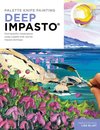

 Nemecký jazyk
Nemecký jazyk 
